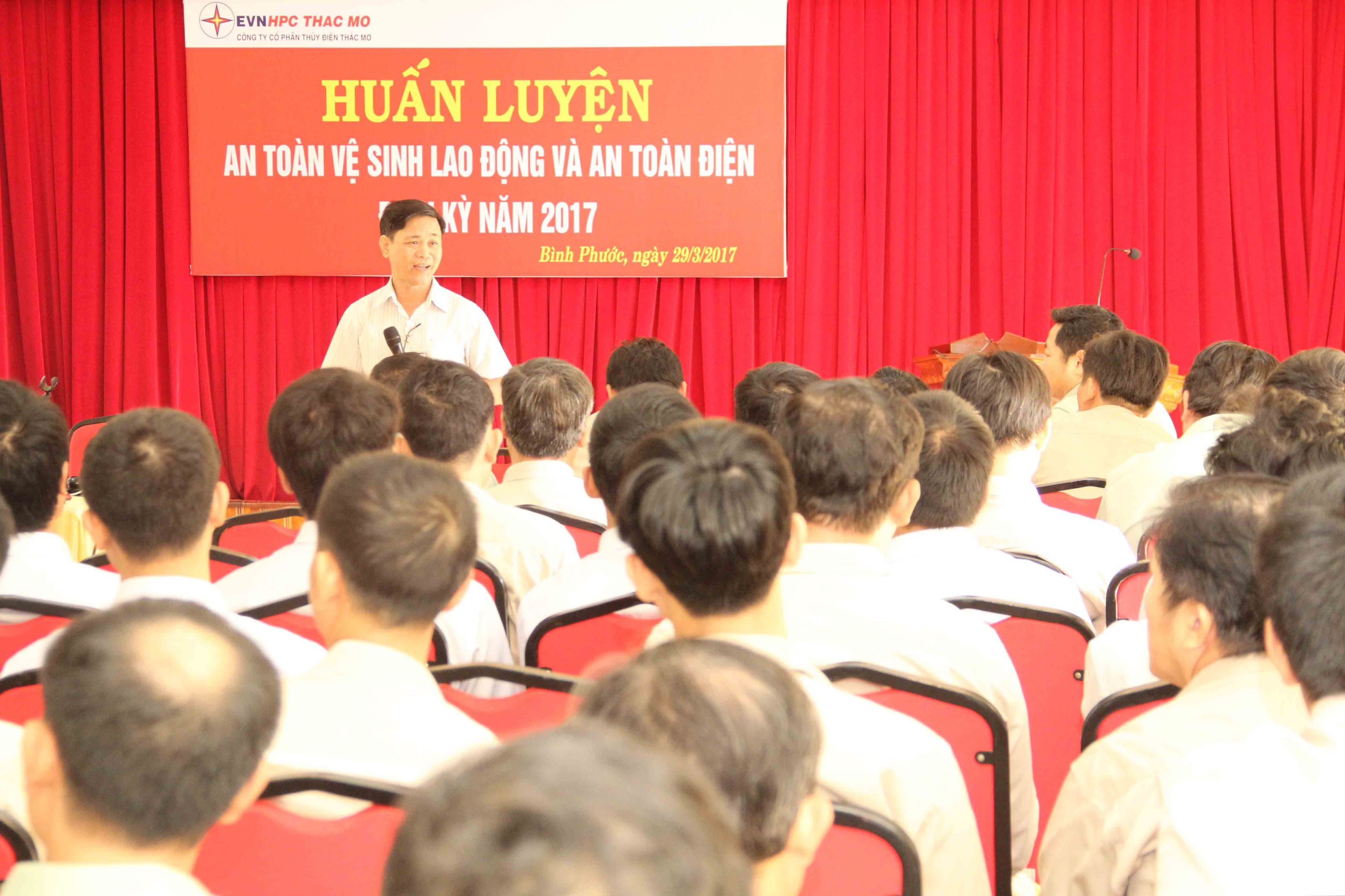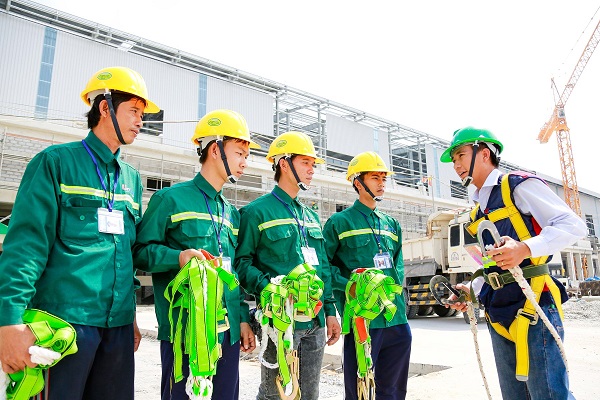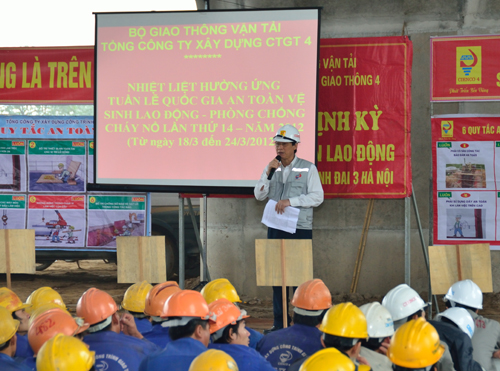Vietnam: Full text of the training program for technical inspections of occupational safety
10:14, 16/09/2017
The Ministry of Labor - War Invalids and Social Affairs of Vietnam issued Circular No. 16/2017/TT-BLĐTBXH detailing a number of contents on technical inspections of occupational safety of machines, equipment, and supplies subject to strict occupational safety requirements.
According to Circular No. 16/2017/TT-BLĐTBXH of the Ministry of Labor - War Invalids and Social Affairs of Vietnam, the training program for technical inspections of occupational safety is specified as follows:
View other programs at Circular No. 16/2017/TT-BLĐTBXH of the Ministry of Labor - War Invalids and Social Affairs of Vietnam, effective from August 22, 2017.
- Thanh Lam -
- Key word:
- Circular No. 16/2017/TT-BLĐTBXH
Related Content
- Number of deputy directors of departments in Vietnam in accordance with Decree 45/2025/ND-CP
- Cases ineligible for pardon in Vietnam in 2025
- Decree 50/2025 amending Decree 151/2017 on the management of public assets in Vietnam
- Circular 07/2025 amending Circular 02/2022 on the Law on Environmental Protection in Vietnam
- Adjustment to the organizational structure of the Ministry of Health of Vietnam: Certain agencies are no longer listed in the organizational structure
- Vietnam aims to welcome 22-23 million international tourists in Vietnam in 2025
SEARCH ARTICLE
Related Article
-

- Vietnam: Contents of plans for organizing training ...
- 10:18, 01/11/2017
-

- Vietnam: Learners who score at least 70/100 in ...
- 10:16, 16/10/2017
-

- 03 requirements for units providing training and ...
- 10:20, 25/08/2017
-

- Vietnam: Contents of training in technical inspections ...
- 10:22, 16/07/2017
JUST UPDATED
-

- Notable new policies of Vietnam effective as of ...
- 16:26, 11/04/2025
-
.Medium.png)
- Notable documents of Vietnam in the previous week ...
- 16:21, 11/04/2025
-
.Medium.png)
- Notable documents of Vietnam in the previous week ...
- 16:11, 02/04/2025
-
.Medium.png)
- Notable new policies of Vietnam to be effective ...
- 16:04, 02/04/2025
-
.Medium.png)
- Notable new policies of Vietnam effective from ...
- 14:51, 21/03/2025
New text summary report
-
Real estate
-
Policy analysis
-
Legal Counselling
-
Case law
-
Forms and Templates
-
New text catalog
-
New Text Notification
-
Highlights of the week
-
Finance
-
New policy in effect
-
Labor - Salary
-
Officials and civil servants
-
Land - Housing
-
Tax-free-fee
-
Custom
-
Enterprise - Investment
-
Administration
-
Insurance
-
Civil
-
Set of Laws
-
News about Case Law
-
Economy
-
Life
-
Health
-
Cultural
-
Commerce
-
Military
-
History
-
Strange story
-
Criminal
-
Traffic
-
Education
-
Other
 Article table of contents
Article table of contents
